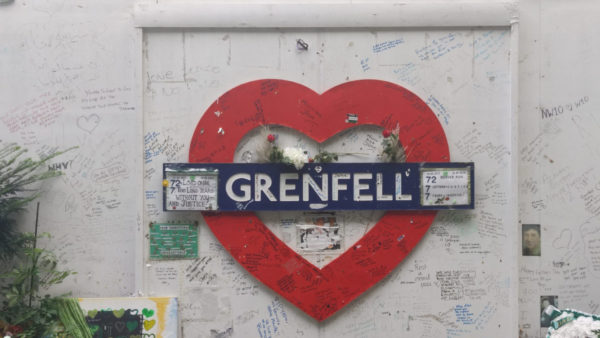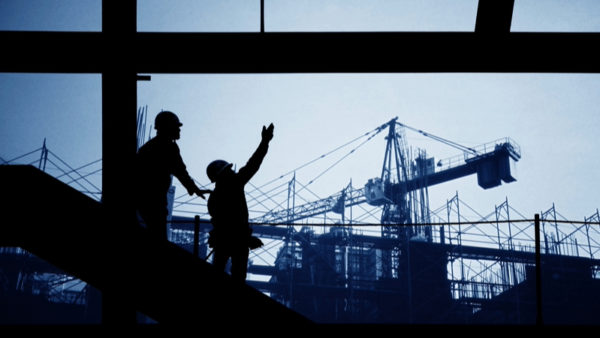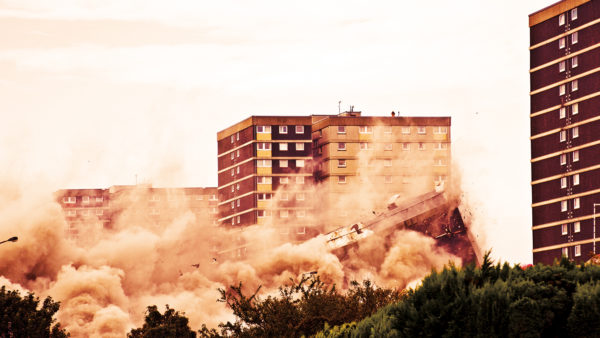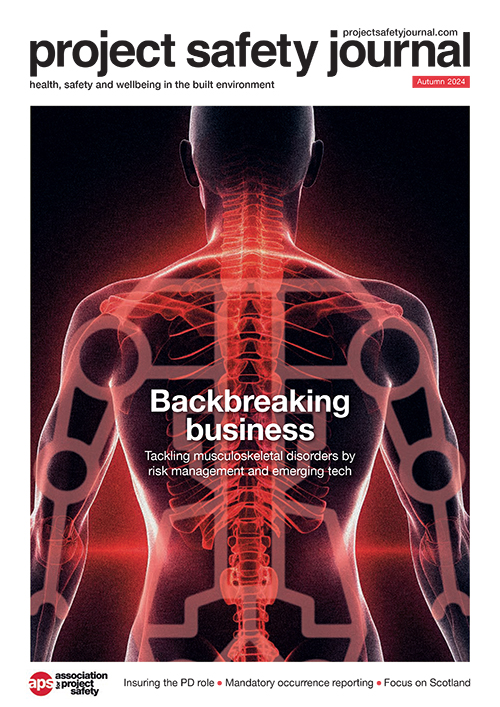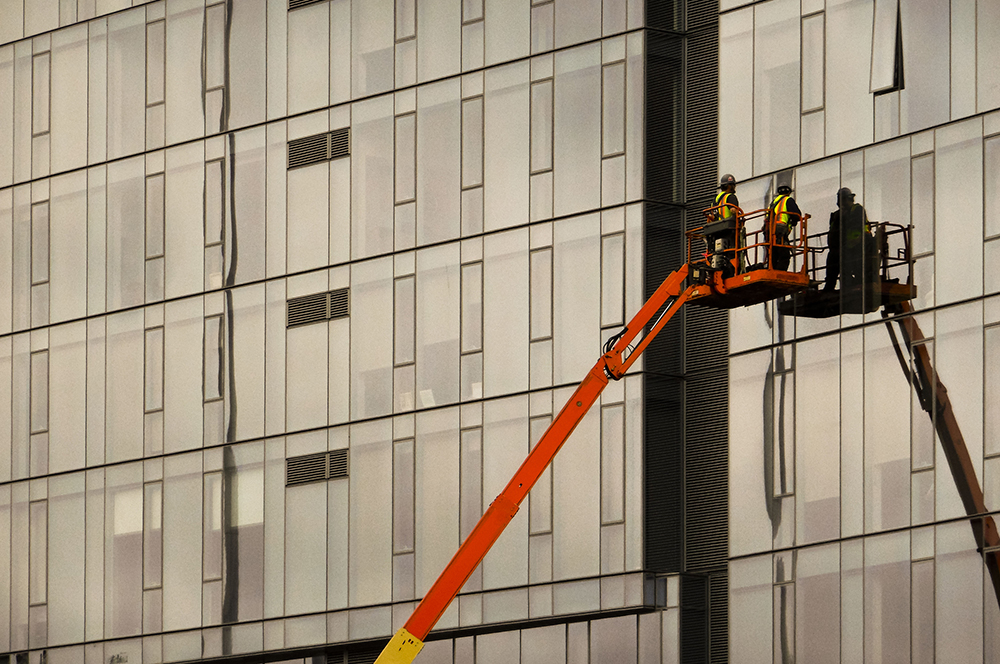
Addressing industry culture is key if we are to construct buildings that are fit and safe for those who occupy them, says Paul Nash.
The Building Safety Bill has been described as the biggest change facing the construction industry in a generation and will generate much discussion as it passes through parliament.
But what is not in question is the need to act to ensure that people are safe, and feel safe, in their homes.The truth is that even before Grenfell there were signs that our industry was failing consistently to deliver the right levels of quality and that this was making buildings unsafe for those who occupied them.
In February 2017, four months before the Grenfell Tower fire, I attended a round table to discuss the findings of a report into the collapse of a wall at Oxgangs Primary School in Edinburgh. It was led by Professor John Cole, author of the subsequent report on building standards compliance and enforcement in Scotland. It concluded that “the fact that no injuries or fatalities to children resulted from the collapse… was a matter of timing and luck”.
It was a stark reminder of the potential consequences of poor quality and led the CIOB to undertake its own investigation into the issue of quality and how to improve it. Central to our findings was industry culture.

“Our industry needs to change if we are to ensure the buildings we create are fit and safe for those who occupy them. It is no longer acceptable to turn a blind eye to poor quality.”
The independent review led by Dame Judith Hackitt identified that a culture of ignorance and indifference, combined with a lack of clarity on roles and responsibilities and inadequate regulatory oversight, had created “a race to the bottom” where there was “insufficient focus on delivering the best quality building possible, to ensure that residents are safe, and feel safe”.
The Bill now before parliament seeks to address these failings by introducing new statutory duties for those who design, construct and manage higher risk buildings. There will be gateway approvals during design and construction and a safety case in occupation, all overseen by a new regulator with powers of enforcement and sanctions.
Although the Bill provides a clear picture of what the new regulatory framework will look like when enacted, a lot of the detail will be defined in secondary legislation and will therefore take longer to come into effect.
Meanwhile the concerns surrounding the standards of quality and building safety remain, with too many people still living in buildings with unsafe cladding or with underlying defects that continue to blight their lives. These are the unseen consequences of poor quality and a reminder that the built environment is central to people’s physical and mental wellbeing.
The message is clear. Our industry needs to change if we are to ensure the buildings we create are fit and safe for those who occupy them. It is no longer acceptable to turn a blind eye to poor quality or to tell ourselves that it is somebody else’s responsibility.
And we should not wait for legislation to do what is right, particularly when we consider the impact on people’s lives and livelihoods.
Paul Nash is past president of the Chartered Institute of Building and chair of its Construction Quality Commission.






